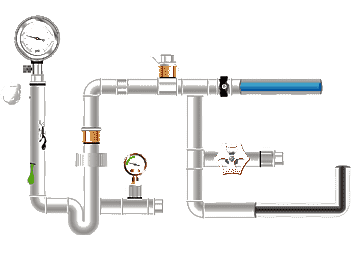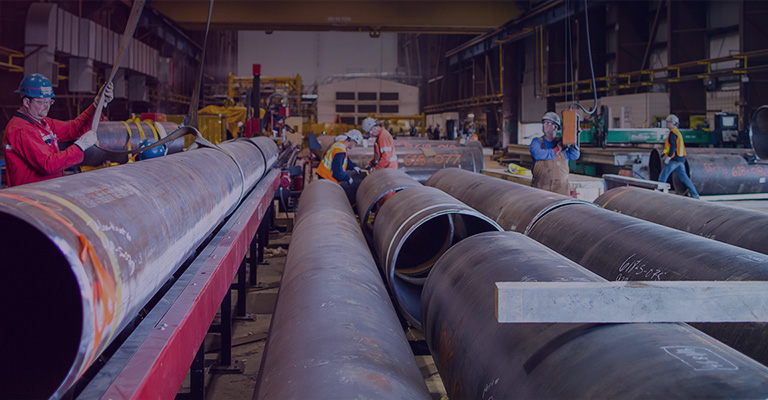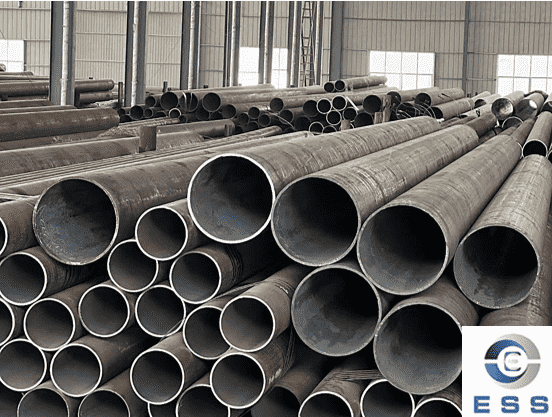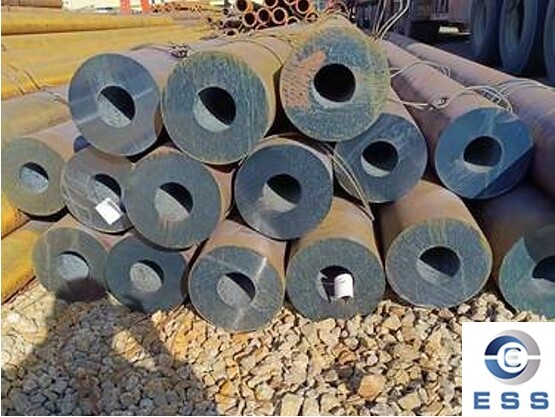
In the fields of industrial manufacturing
and pipeline engineering, seamless
pipes are widely used due to their good mechanical properties and pressure
resistance. ASTM A106 seamless
pipe is one of the common pipe materials, mainly used in high temperature
and high pressure environments, such as the oil, gas and power industries. When
purchasing ASTM A106 seamless pipe materials, understanding and mastering the
key points of purchase will help ensure the quality and use effect of the
pipes. The following content will analyze in detail the key points to pay
attention to when purchasing ASTM A106 seamless pipe materials from aspects
such as material standards, specifications and dimensions, testing
requirements, supplier selection and price factors.
Understand the basic standards and
classifications of ASTM A106 materials
ASTM A106 seamless pipes are mainly divided
into three grades: A106 Grade A, A106 Grade
B and A106 Grade C. Different grades of steel pipes differ in chemical
composition and mechanical properties, and the applicable working temperature
range is also different.
Generally speaking, Grade B is the most
widely used grade, taking into account both strength and toughness, and is
suitable for medium and high temperature environments. Grade A has relatively
low performance and is suitable for lower pressure and temperature conditions;
Grade C is suitable for higher temperature environments.
When purchasing, you must first clarify the
temperature and pressure requirements of the use environment and determine the
required grade accordingly. Wrong grade selection may cause insufficient
performance or excessive cost waste during the use of the pipe.
Accurate confirmation of size
When purchasing, the seamless
steel pipe sizes are very important parameters. The size of the ASTM A106
seamless pipe usually includes three aspects: outer diameter, wall thickness
and length. Different projects have different requirements for the size of
pipes, so the diversification is strictly confirmed in accordance with the
design drawings and engineering specifications.
1. Outer diameter and wall thickness
The outer diameter and wall thickness
directly affect the pressure bearing capacity and fluid conveying capacity of
the pipeline. Too thin wall thickness may cause the pipeline to deform or even
rupture under high pressure, and too thick wall thickness will increase
material waste and pipeline deadweight. When purchasing, check whether the size
provided by the supplier meets the design requirements and pay attention to the
tolerance range of the size.
2. Pipe length
Common SMLS pipe lengths are single length
and fixed length. Single length is convenient for transportation and
installation, but may require on-site welding; fixed length is customized
according to project requirements. When purchasing, it is necessary to select the
appropriate length in combination with the construction plan to avoid affecting
the progress of the project due to length not meeting the requirements.
Chemical composition and mechanical
property testing of materials
1. Chemical composition
The chemical composition of A106 seamless
pipe mainly contains carbon, manganese, sulfur, phosphorus and other elements.
The stability of the element content directly affects the mechanical properties
and corrosion resistance of the pipe. When purchasing, the material certificate
and chemical composition analysis report provided by the supplier should be
obtained to ensure that the composition meets the standard specifications.
2. Mechanical properties
In terms of mechanical properties, the main
focus is on the yield strength, tensile strength and elongation of the pipe.
These indicators determine the performance of the pipe when subjected to force,
which is related to the safety and service life of the pipeline. Usually, the
supplier will provide a corresponding performance test report, and the
purchaser should carefully review the content of the report to confirm that it
meets the requirements of the A106 standard.
Non-destructive testing and quality
inspection
The quality of seamless steel pipes
directly affects the safe operation of the pipeline system, so non-destructive
testing is an important link that cannot be ignored. Common nondestructive
testing methods include ultrasonic testing, radiographic testing, and magnetic
particle testing.
1. Ultrasonic testing
Ultrasonic testing is mainly used to detect
internal defects in pipes, such as cracks, slag inclusions, and pores.
Ultrasonic signals are emitted by flaw detectors to determine whether there are
hidden dangers inside the pipe and ensure the reliable quality of the internal
pipe.
2. Radiographic testing
Radiographic testing uses X-rays or gamma
rays to see through the pipe and detect internal defects in the welded joint or
the pipe body. This method is suitable for discovering relatively subtle
defects and ensuring the integrity of the pipe structure.
3. Magnetic particle testing
Magnetic particle testing is mainly used to
detect surface and near-surface cracks in pipes. The defect location is
identified by magnetic field and magnetic particles to prevent surface damage
from affecting the safe use of pipes.
When purchasing, you should confirm whether
the supplier has conducted the necessary nondestructive testing and request a
test report. A third-party testing agency can be arranged to conduct a
re-inspection when receiving the goods to ensure that the quality of the pipe
meets the requirements.
Supplier qualifications and service
capabilities
Choosing a qualified supplier is crucial to
ensure the smooth progress of SMLS pipe procurement. Suppliers should have
relevant production licenses, product certifications and quality management
system certifications, such as ISO9001.
Suppliers' service capabilities also affect
the purchasing experience, including delivery cycles, technical support and
after-sales service. Reasonable delivery schedules help the project proceed as
planned, technical support can help solve problems encountered in the
application, and good after-sales service guarantees the needs of subsequent
use.
Consideration of price and
cost-effectiveness
Price is a factor that cannot be ignored in
the procurement process, but the lowest price should not be used as a high
standard selection standard. The price of seamless pipes is affected by many
factors such as material grade, specification size, test items and market
conditions.
When considering price, a comprehensive
evaluation should be made in combination with quality, supplier credit and
service. Reasonable prices should reflect the actual value and quality level of
the pipes to avoid quality risks caused by too low prices.
Precautions
for transportation and storage
Seamless pipes are easily damaged during
transportation and storage, affecting the use effect. When purchasing, you
should understand the supplier's packaging and transportation methods to ensure
that the pipes are effectively protected during transportation.
When storing, you should pay attention to
prevent the pipes from getting damp and rusting, and store them in a dry and
ventilated environment, and take anti-rust measures. Reasonable storage
management helps maintain the quality of pipes and avoid unnecessary losses due
to secondary damage.
Summary
Purchasing ASTM A106 seamless pipes
involves several key aspects, including confirmation of material grade,
accuracy of size specifications, testing of chemical composition and mechanical
properties, implementation of non-destructive testing, review of supplier
qualifications, reasonable evaluation of prices, and management of
transportation and storage. Comprehensive consideration of these factors can
help purchasers choose pipes that meet engineering needs, ensure the smooth
implementation of the project and the safe operation of the pipeline system.









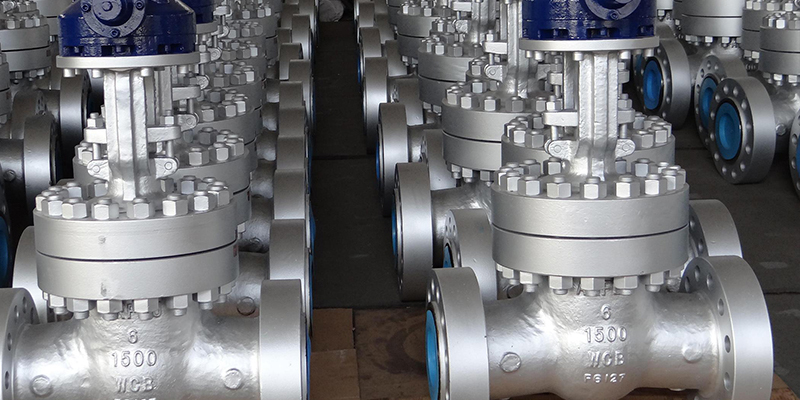
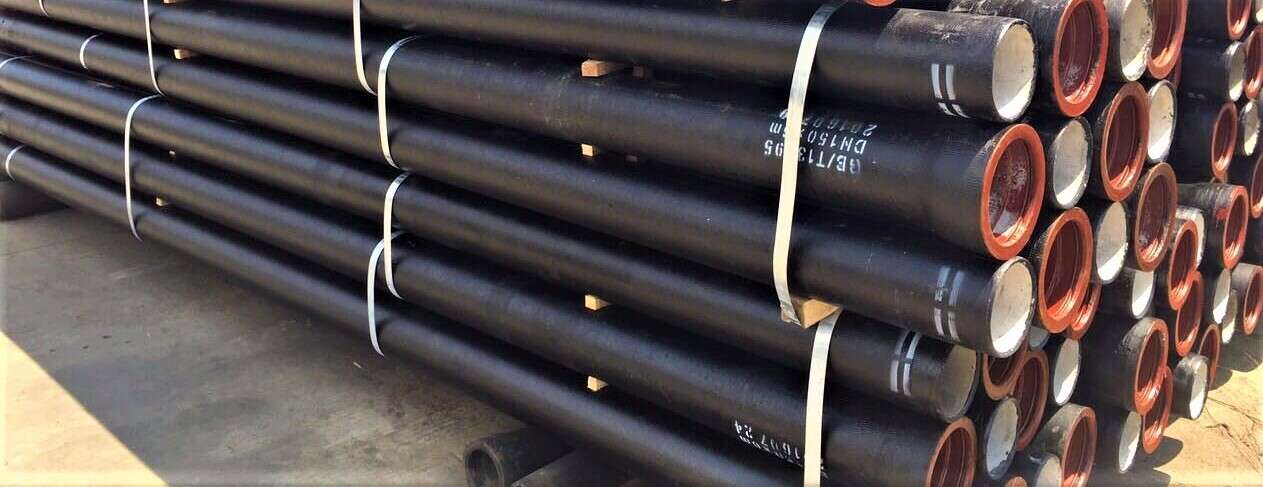


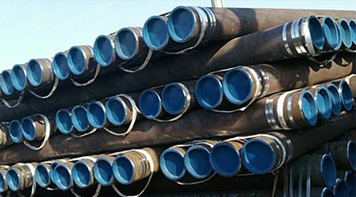 Eastern Steel Manufacturing Co.,Ltd not only improve product production and sales services, but also provide additional value-added services. As long as you need, we can complete your specific needs together.
Eastern Steel Manufacturing Co.,Ltd not only improve product production and sales services, but also provide additional value-added services. As long as you need, we can complete your specific needs together.
